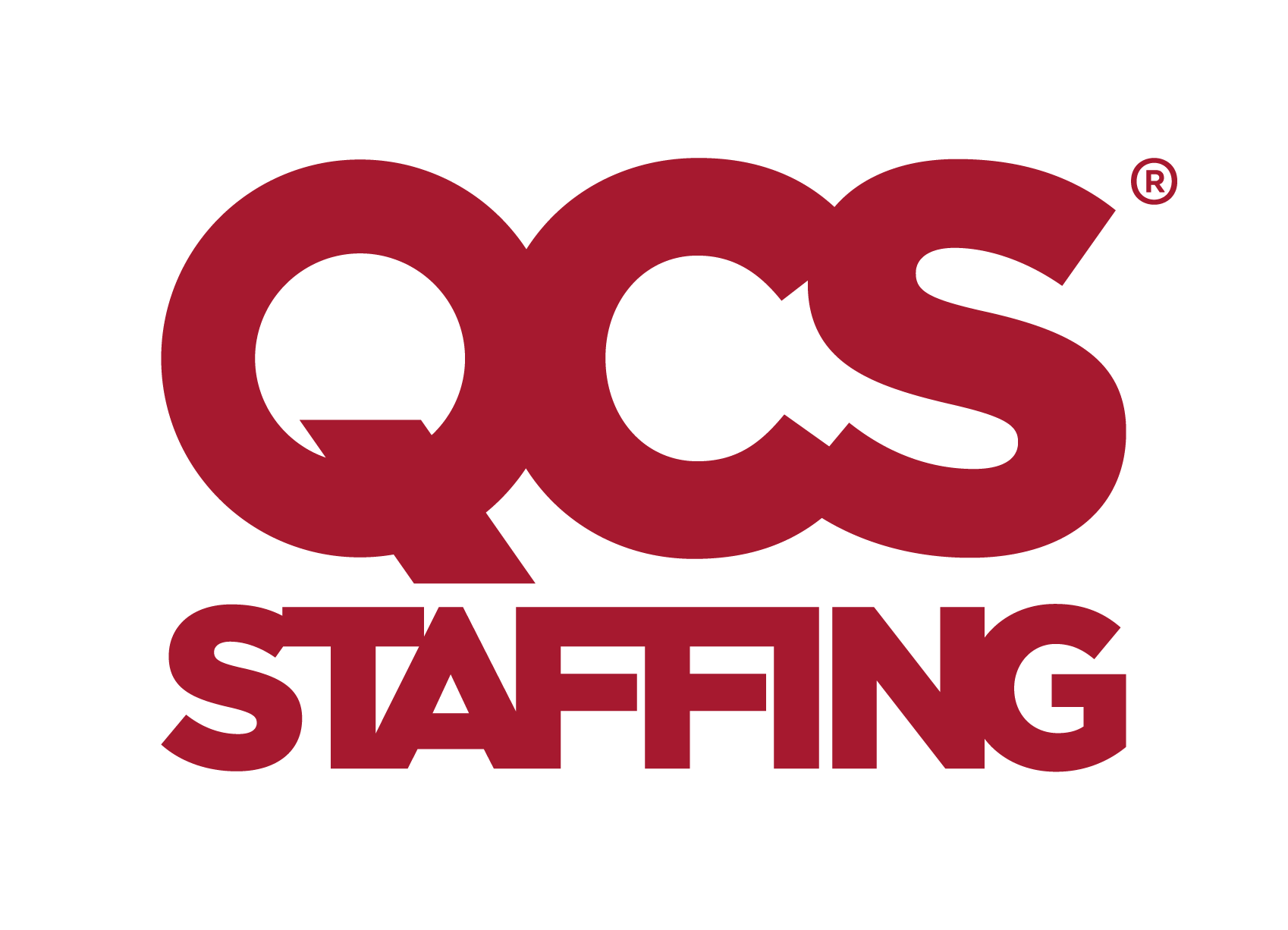The Future of Rigging in Renewable Energy Construction
The renewables industry is currently worth $1.39 trillion projected to grow to $2 trillion in 2030.
As the world transitions towards a more sustainable future the demand for
renewable energy sources continues to grow. This growth has led to a surge in
construction projects for wind farms, solar farms, and other renewable energy
facilities. Rigging, the process of attaching cables, chains, or other
equipment to heavy objects for lifting, moving, or positioning them, plays a
crucial role in these projects.
Challenges and Opportunities
While the future of rigging in renewable energy construction
looks promising, there are several challenges to overcome:
1. Complex
Projects: Renewable energy projects, especially large-scale wind farms and
solar farms, often involve complex rigging operations in challenging
environments.
2. Safety
Concerns: Rigging is inherently risky, and ensuring the safety of workers and
equipment is paramount.
3. Environmental
Impact: Rigging operations can have an environmental impact, particularly in
sensitive areas.
Emerging Trends in Rigging for Renewable Energy
Advancements in Crane Technology
Electric Cranes
Most cranes are still powered by diesel, and as the focus on
sustainability grows, electric cranes are becoming an increasingly popular
alternative. These cranes offer reduced emissions and lower operating costs.
Automatic Stacking Cranes (ASCs) are energy-efficient since they are
electrified.
Autonomous Cranes
The integration of artificial intelligence into crane
operations is expected to improve efficiency, safety, and precision. Autonomous cranes can potentially work alongside human
operators or even operate independently in certain scenarios.
Modular Cranes
Modular cranes can be assembled and disassembled
quickly, making them ideal for temporary construction sites or projects in
remote locations.
Innovative Lifting Techniques
Drone-Assisted Lifting
Drones can be used to inspect rigging equipment, survey
construction sites, and even assist in lifting smaller components.
Magnetic Lifting Devices
For certain types of materials, magnetic lifting devices can offer a safer and more
efficient alternative to traditional rigging methods.
Vacuum Lifters
Vacuum lifters are particularly useful for handling flat,
smooth surfaces, such as solar panels.
Digital Transformation
BIM Integration
Building Information Modelling (BIM) can be used to create
digital models of construction projects, including rigging plans. This can help
to improve coordination, reduce errors, and optimise the use of resources.
Remote Monitoring
Advanced technologies like IoT and sensors can be used to monitor crane operationsand equipment health in real-time. This can help to prevent
downtime and ensure safety.
Sustainability Focus
Green Rigging Practices
Rigging companies are increasingly adopting sustainable practices,
such as using recycled materials, reducing waste, and minimizing their carbon
footprint.
Energy-Efficient Equipment
The development of more energy-efficient cranes and rigging
equipment is a priority for the industry.
Find Your Next Role with Us
Are you looking for your perfect crane operator role in the
renewable energy industry? Since 1992, we have been connecting professionals
with their perfect role – browse our heavy lift roles, browse our renewable energy jobs or submit your resume today.




.png?v=80a0421a8ae621e572ffffe39c6613df)
.png?v=4134e991d0e6ada19d59077f63a3d476)